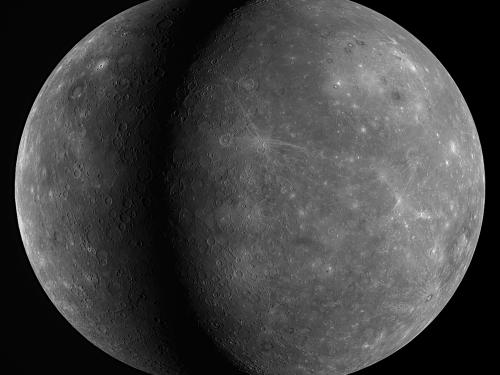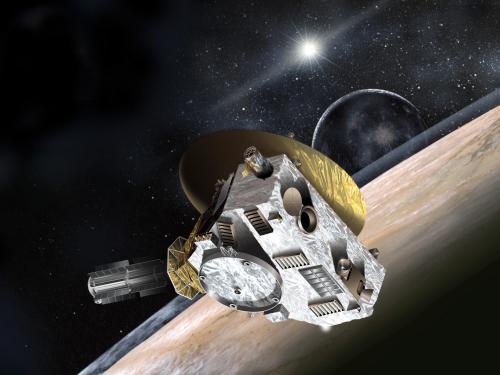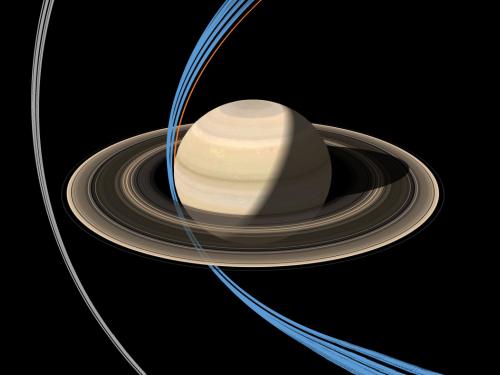

Stories of daring, stories of technological feats, stories of prevailing against the odds ... these are the stories we tell at the National Air and Space Museum. Dive in to the stories below to discover, learn, and be inspired.
Showing 21 - 30 of 37

February 11, 2021
Be a part of the Perseverance landing with these six ways of celebrating the rover's mission!

January 14, 2021
Based on my research, which include image composites of two flyby views of Mercury from the MESSENGER spacecraft, I conclude that Mercury has not cooled and shrunken as much as previously thought.

November 23, 2018
The InSight lander, designed to study the interior of Mars, is the latest in a history of NASA lander and rover missions that goes back to the 1970s.

August 23, 2018
The international community has contributed more to the exploration of space and our understanding of the universe than you might think. From India to Israel, lots of countries are sending missions to Mars, landing on comets, and observing Earth from orbit.

October 03, 2017
Sputnik, the world’s first human-made satellite of the Earth, was launched on October 4, 1957, marking the beginning of the Space Age and the modern world in which we live today.

April 13, 2017
On April 7, 2017, New Horizons entered a 157-day-long hibernation. New Horizons is an interplanetary space probe and is NASA’s first mission to Pluto and the Kuiper Belt. After operating steadily for almost two and a half years, the spacecraft and its systems deserve this much-needed break.

March 21, 2017
The Cassini spacecraft has spent almost 13 years exploring the beautiful giant planet Saturn and its amazingly diverse moons. Cassini’s mission will end in September when it plunges into Saturn’s atmosphere, but it will leave behind a wealth of knowledge and wonder.

November 10, 2015
On May 5, 1961, Alan Shepard became the first American in space. However, three months earlier NASA had launched “Number 65” on a mission that helped pave the way for Shephard’s momentous flight. Number 65 was a male chimpanzee born in 1957 in the French Cameroons in West Africa.

September 02, 2015
The National Air and Space Museum's full-scale mockup of the Pioneer 10 spacecraft was recently moved to its new location in the Boeing Milestones of Flight Hall as a part of a major renovation to the gallery.

July 10, 2015
As we await the exciting results of New Horizons’ flyby of Pluto on July 14, it is all too easy to think that this mission was inevitable: the capstone to NASA’s spectacular exploration of all the planets (and ex-planets) of the solar system since the 1960s. Yet, it proved extraordinarily difficult to sustain a Pluto project.